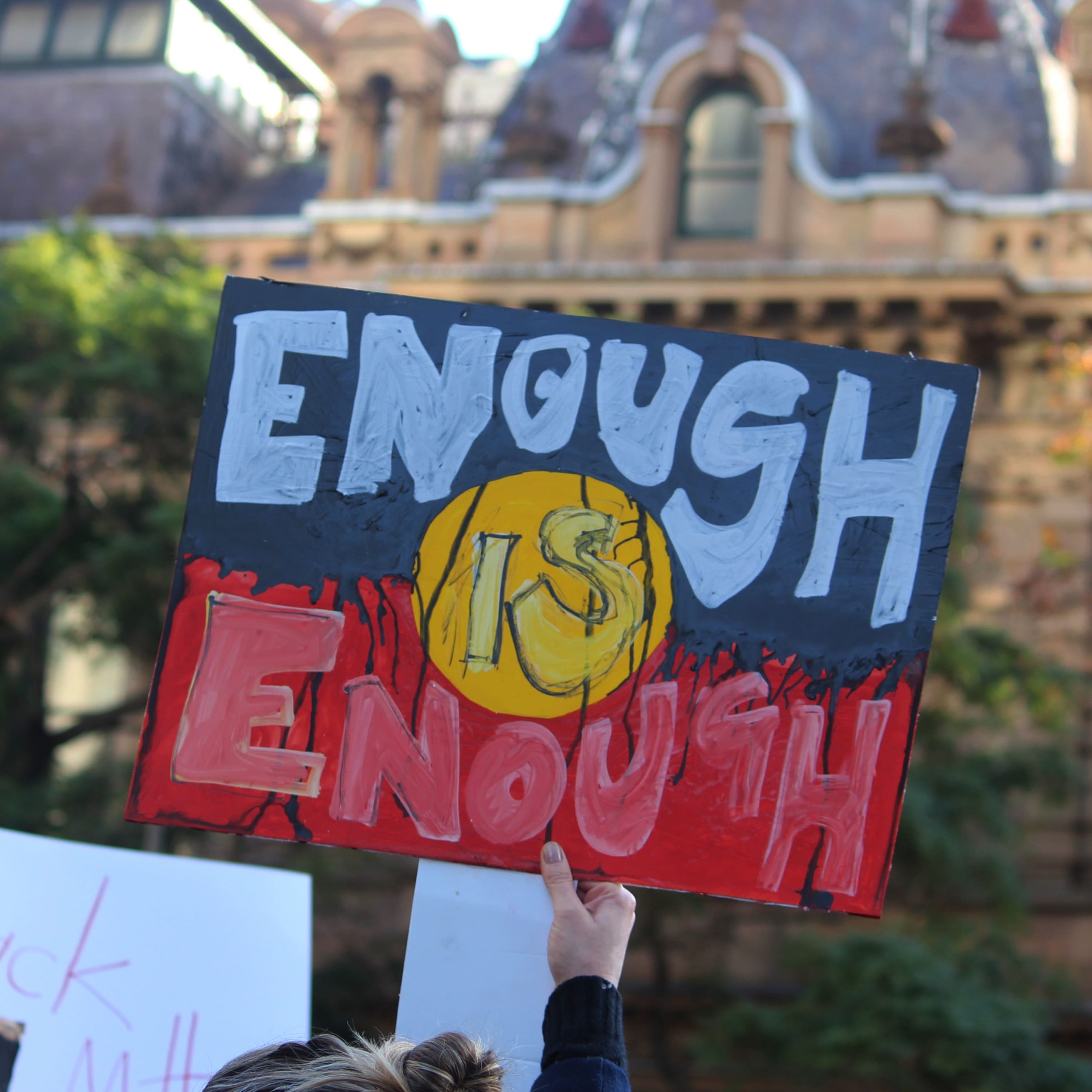Share This Article
ArrayA New South Wales police officer has been found guilty of assault over an incident which led to a 16-year-old Indigenous boy being slammed face-first on to pavement.
Magistrate Rami Attia found Constable Ryan Barlow guilty of assault occasioning actual bodily harm, following a hearing at Downing Centre Local Court, in which the officer claimed he felt threatened by the boy.
The footage of the case went viral in 2020 after a video taken by the boy’s friends was posted online.
In the video, which was viewed alongside footage presented from officers’ body worn cameras, it was revealed that the teenager made a threat towards the officer after he and his friends were approached by police.
The teen called out to the officer that he would “crack you across the fucking jaw, bro” from four metres away.
In the subsequent seconds, the officer demanded that the teenager turn around and get on the ground, advising him that he would be arrested for threatening him.
Magistrate Attia found that Barlow provided the teen with 3.02 second to comply with his request.
After this, he grabbed hold of him and proceeded to perform a ‘leg sweep’ which consisted of holding his arms behind his back and kicking his feet out from under him, causing him to fall backwards.
The manoeuvre caused the boy’s face, shoulder, and hip to make contact with the ground.
The officer then pinned the boy to the floor using his knees on his back, whilst he was organising the handcuffs.
The Magistrate ultimately noted that the officer’s account was “difficult to follow in some instances.”
He also found that the boy had not resisted arrest, stating: “I cannot see what actions were taken by the complainant that constitutes a resistance to arrest,”
“There was no further threat. There was certainly no further abusive language. The risk of danger … was either minimal or non-existent,” he summarised.
In his judgement, Magistrate Attia ultimately dismissed the officers claim that he used the ‘leg sweep’ to defend himself.
He pointed to a culmination of factors including the 16-year-old’s slight build, the fact that he was not armed, and that he was quite a distance from Barlow when he made the verbal threat.
“He made no movement towards the defendant, he did not say anything after,” he noted.
Barlow will be sentenced at a later date at Downing Centre Local Court.
The maximum penalty of assault occasioning actual bodily harm is 5 years imprisonment, as per section 59 of the Crimes Act 1900 (NSW).
However, where dealt with in the Local Court, the maximum penalty is instead limited to 2 years imprisonment and/or a $5,500 fine.
Actual bodily harm entails an injury that need not be permanent but is required to be more than merely ‘transient’ or ‘trifling’ (R v Donovan [1934] 2 KB 498). Examples include scratches and bruises.
In NSW, police must exercise force in accordance with Part 18 of the Law Enforcement (Powers and Responsibilities) Act 2002(NSW).
Officers may use such force as is ‘reasonably necessary’ to make the arrest or to prevent the escape of the person after arrest, when exercising the power of arrest, as per section 231.
Section 230 more generally provides that it is lawful for a police officer exercising a lawful function to use such force as is reasonably necessary to exercise that relevant function.
This indicates that if a suspect resists strongly, officers are able to use a stronger level of force compared to a situation in which there is no resistance at all.
Other factors that influence this include a suspect’s age, gender, size, fitness, and skill level compared to that of the officers present, as outlined in the NSW Police’s Tactical Options Model (‘TOM’).
If a use of force is deemed to be ‘excessive’ an officers actions may be found unlawful, which leaves them liable to criminal charges, similar to any normal citizen.
Furthermore, whether any force is permissible also hinges upon the lawfulness of the exercised power.
For example, in the case of Gibb-Smith v NSW [2018] NSWDC 204, a man’s arrest (which involved him having his legs kicked out from beneath him and being forced to the ground) constituted assault, as it was deemed that he was unlawfully arrested.
Image credit: Rose Marinelli
Book a Lawyer Online
Make a booking to arrange a free consult today.
Call For Free Consultation
Call Now to Speak To a Criminal Defence Lawyer
Over 40 Years Combined Experience
Proven SuccessAustralia-Wide
Experienced LawyerGuarantee
 (02) 8606 2218
(02) 8606 2218
 (02) 8606 2218
(02) 8606 2218












